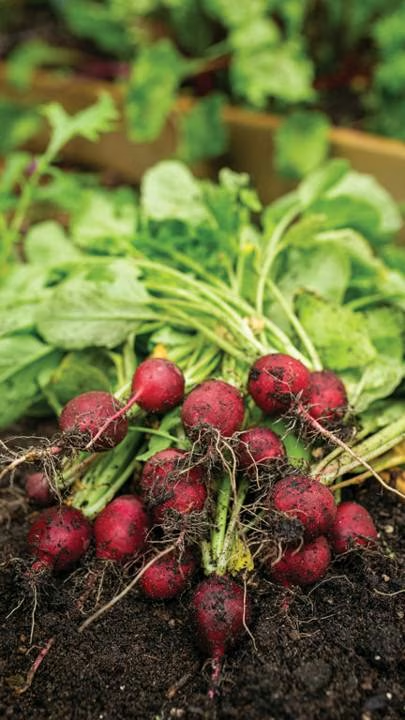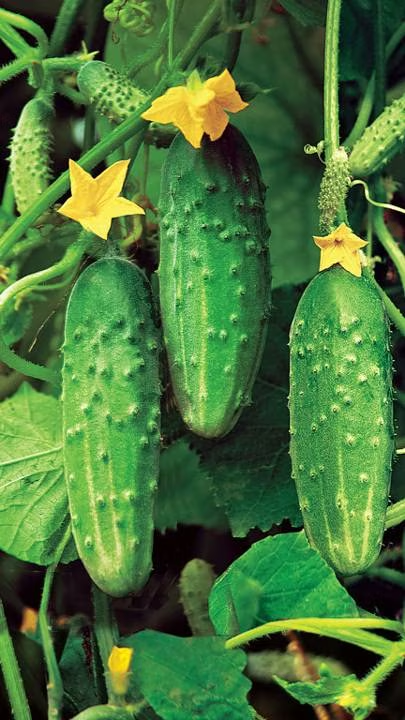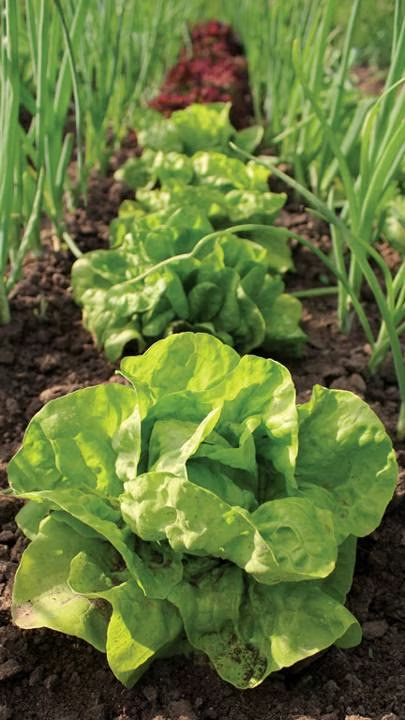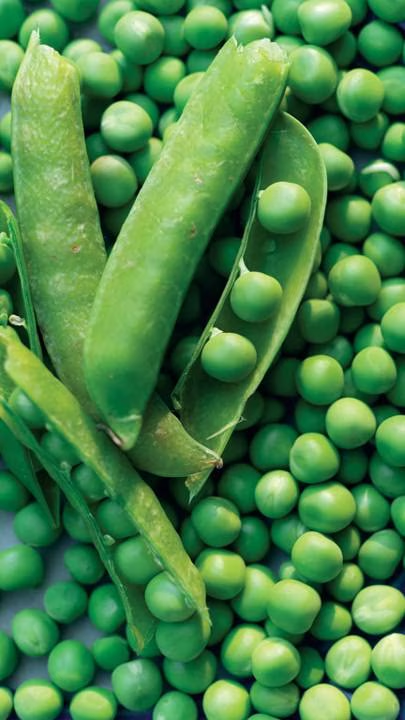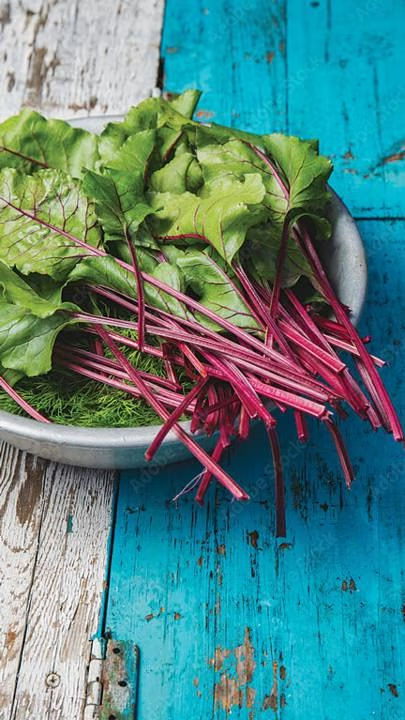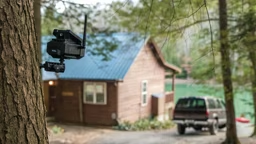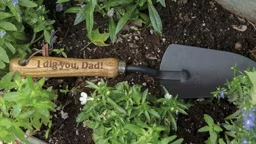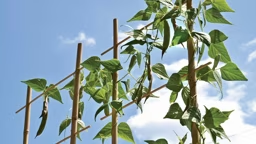
There’s an 18th century nursery rhyme that begs the question: How does your garden grow? If that query fills you with trepidation because, despite your best attempts, the answer is anything but positive, fear not.
That feeling can happen to both novice and seasoned gardeners, and if you’ve been trying to cultivate a thriving garden for years, past failures may leave you wondering if you should just pave it all over. But let’s make this your year of success. Follow these tips for a no-fail hefty harvest.
1. Start with containers.
Whether you’re using raised beds or large pots, growing plants in a more confined space allows you to control the conditions and grow in the best soil from the start, says Angela Judd, author of How to Grow Your Own Food.
“Issues like poor soil, weeds, pests and diseases common to in-ground beds are often avoided by having plants in containers,” she explains. “Also, it’s simple and inexpensive to get started.”
2. Have a plan before you shop.
Analyzing the breadth of seed and transplant options at a local nursery or garden store can feel overwhelming. That’s why Angela suggests making a list of what you’d like to grow before seeing all the choices.
Focus your attention on five plants that you really want (check out the section below for our no-fail veggie picks), and then do some research on the best time to plant, whether they need full sun or partial shade and the type of soil conditions that are ideal. Knowing a lot about a handful of plants sets you up for success better than knowing just a little about 20 different varieties.
3. Experiment a little.
Vegetable varieties used in corporate agriculture are selected for toughness in shipping, simultaneous ripening and ease of mechanical harvesting, according Brett Markham, author of Mini Farming: Self-Sufficiency on 1/4 Acre.
As a home gardener, you have much greater freedom. “You can choose from literally thousands of heirloom varieties on the basis of personal taste,” he says. That means you can grab just one packet of seeds that look like an adventure — for example, try planting black tomatoes — and create a little “grow lab” space where you see what happens.
After all, Brett says, “Gardening is a way to reconnect with the cycles of nature in a way that enhances your spirit.” When that’s your attitude, failure is never an option.
5 Super Easy Veggies to Grow
Has your green thumb gone a little pale? No problem! Just plant these seeds in a semi-sunny spot and you’re good to grow.
Radishes. These good-for-you tubers are fast growing (some can be harvested in 20 to 25 days) and can be inter-planted with slower-growing companion vegetables, like carrots. Photo Credit: Adobe ©mimagephotos.




